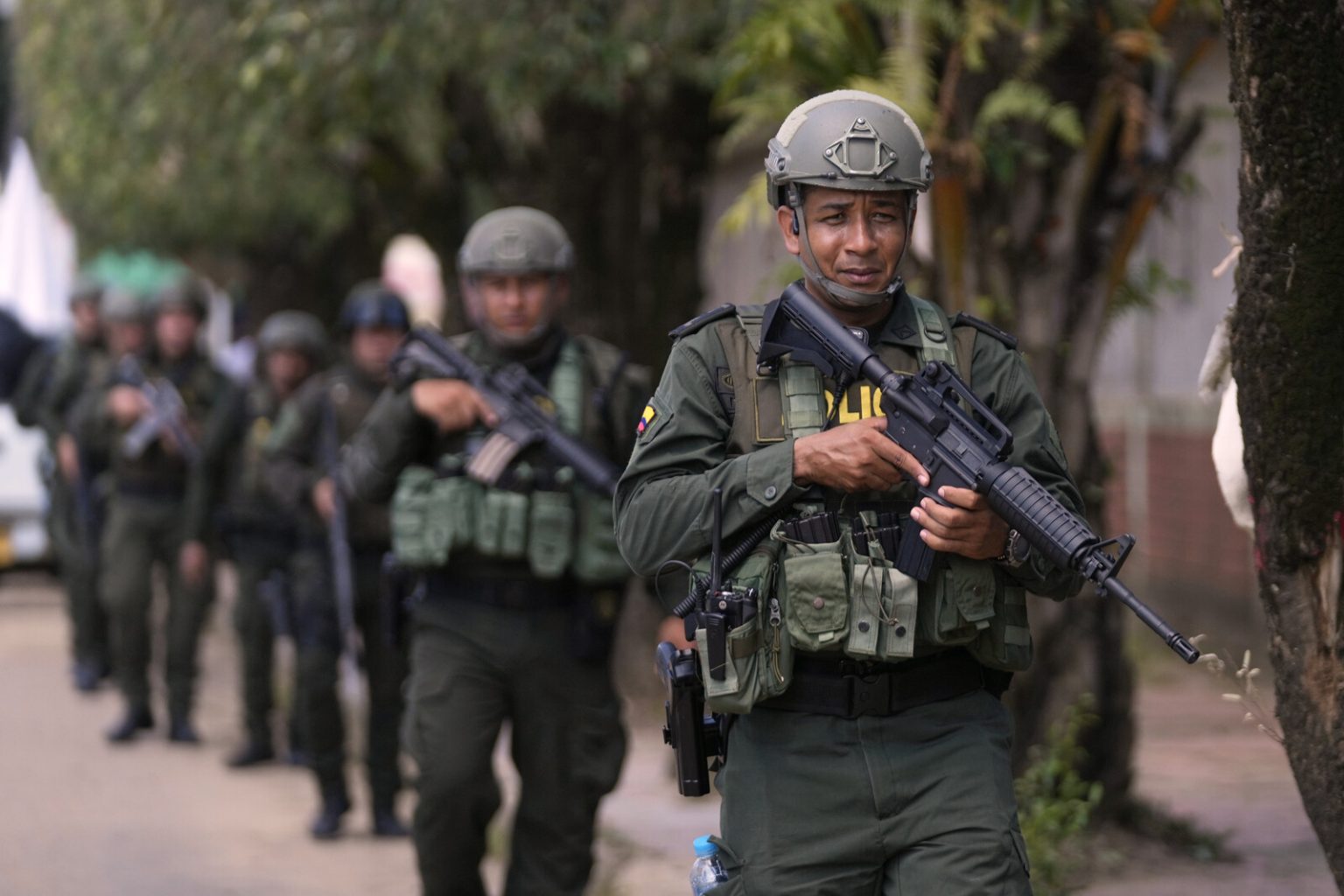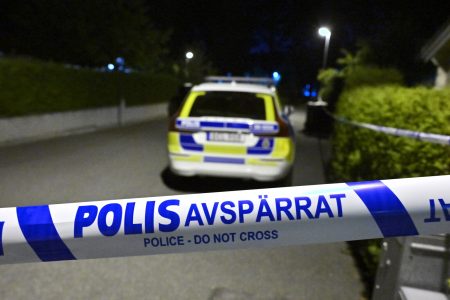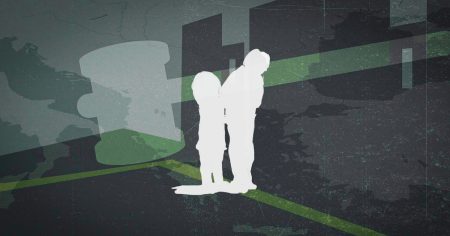The Catatumbo region of northeastern Colombia, bordering Venezuela, has become a battleground in a renewed and escalating conflict between two prominent left-wing guerrilla groups: the National Liberation Army (ELN) and the Revolutionary Armed Forces of Colombia (FARC) dissidents. This resurgence of violence disrupts a fragile peace process and threatens the security and stability of the region, forcing thousands to flee their homes and leaving scores dead or kidnapped. The Colombian government, under Defense Minister Ivan Velasquez, has responded with a significant military deployment, aiming to assert control over the contested territory and quell the escalating violence. This latest chapter in Colombia’s long history of internal conflict underscores the complex challenges in achieving lasting peace and highlights the devastating impact on civilian populations caught in the crossfire.
The roots of this conflict lie in the lucrative cocaine trade that has long plagued the Catatumbo region. The strategic location along the Venezuelan border provides ideal smuggling routes, making it a highly contested area for armed groups vying for control. Both the ELN and FARC dissidents, despite their shared leftist ideology, have clashed repeatedly over these valuable drug trafficking routes and the associated profits. This latest outbreak of violence marks a significant escalation in their rivalry, demonstrating the fragility of previous ceasefires and the ongoing struggle to establish lasting peace in the region. The intensified fighting represents not only a humanitarian crisis but also a significant setback for the Colombian government’s efforts to consolidate control and promote stability in this strategically important area.
The Colombian government’s response to the escalating violence has been swift and decisive. Over 9,000 soldiers have been deployed to the Catatumbo region, tasked with reclaiming territorial control and putting an end to the clashes between the ELN and FARC dissidents. Defense Minister Ivan Velasquez has emphasized the government’s commitment to restoring order and security, underscoring the importance of disrupting the illicit activities that fuel the conflict. This military intervention, however, carries inherent risks. The potential for collateral damage and human rights violations remains a concern, as does the possibility of further escalating the conflict and exacerbating the humanitarian crisis already unfolding. Balancing the need for security with the protection of civilian lives presents a complex challenge for the Colombian government.
The human cost of this renewed conflict is staggering. Conservative estimates indicate that at least 80 people have lost their lives in the recent fighting, with many more unaccounted for. Kidnappings have also surged, adding another layer of fear and insecurity for the local population. The United Nations and the Colombian government estimate that tens of thousands of people have been displaced from their homes, seeking refuge from the violence in neighboring towns or across the border into Venezuela. This mass displacement creates a humanitarian emergency, straining resources and exacerbating the already dire situation for vulnerable populations. The ongoing conflict threatens to further destabilize the region, impacting access to essential services, disrupting livelihoods, and deepening the cycle of violence and displacement.
The complexities of this conflict are further amplified by the presence of various other armed actors in the region, including drug cartels and paramilitary groups. This fragmented landscape makes it challenging to identify clear lines of responsibility and complicates efforts to negotiate peace. The involvement of these diverse groups contributes to a volatile and unpredictable security environment, further endangering the civilian population and hindering sustainable peacebuilding initiatives. The multifaceted nature of the conflict requires a comprehensive and nuanced approach, one that addresses not only the immediate security concerns but also the underlying socio-economic factors that contribute to the ongoing violence and instability.
The renewed conflict in the Catatumbo region highlights the fragility of peace in Colombia and the enduring challenges in addressing the root causes of violence. The government’s military intervention, while necessary to address the immediate security threat, is not a long-term solution. A sustainable peace will require a comprehensive strategy that addresses the underlying socio-economic issues, including poverty, inequality, and lack of access to education and opportunity. Furthermore, a successful peace process will necessitate engaging all stakeholders, including the ELN, FARC dissidents, and other armed groups, in meaningful dialogue. Ultimately, peace in Catatumbo, and throughout Colombia, hinges on the ability to build trust, address historical grievances, and create a more just and equitable society for all its citizens. The international community has a critical role to play in supporting these efforts, providing humanitarian assistance, and promoting a peaceful resolution to the conflict.














